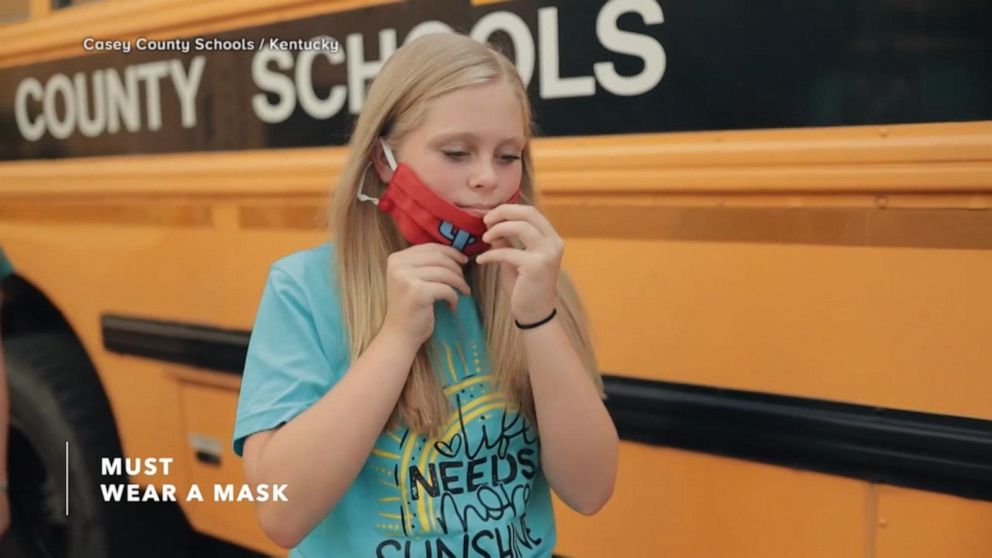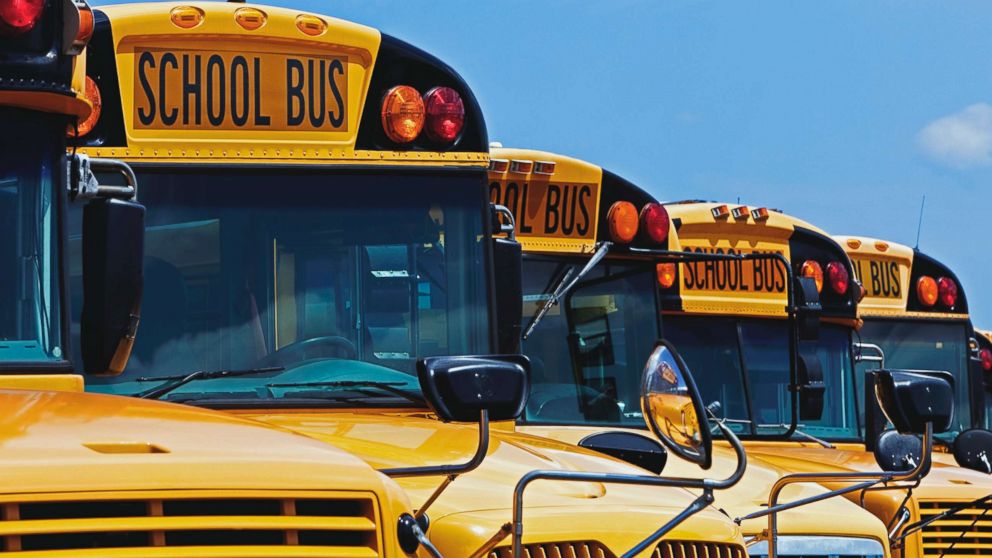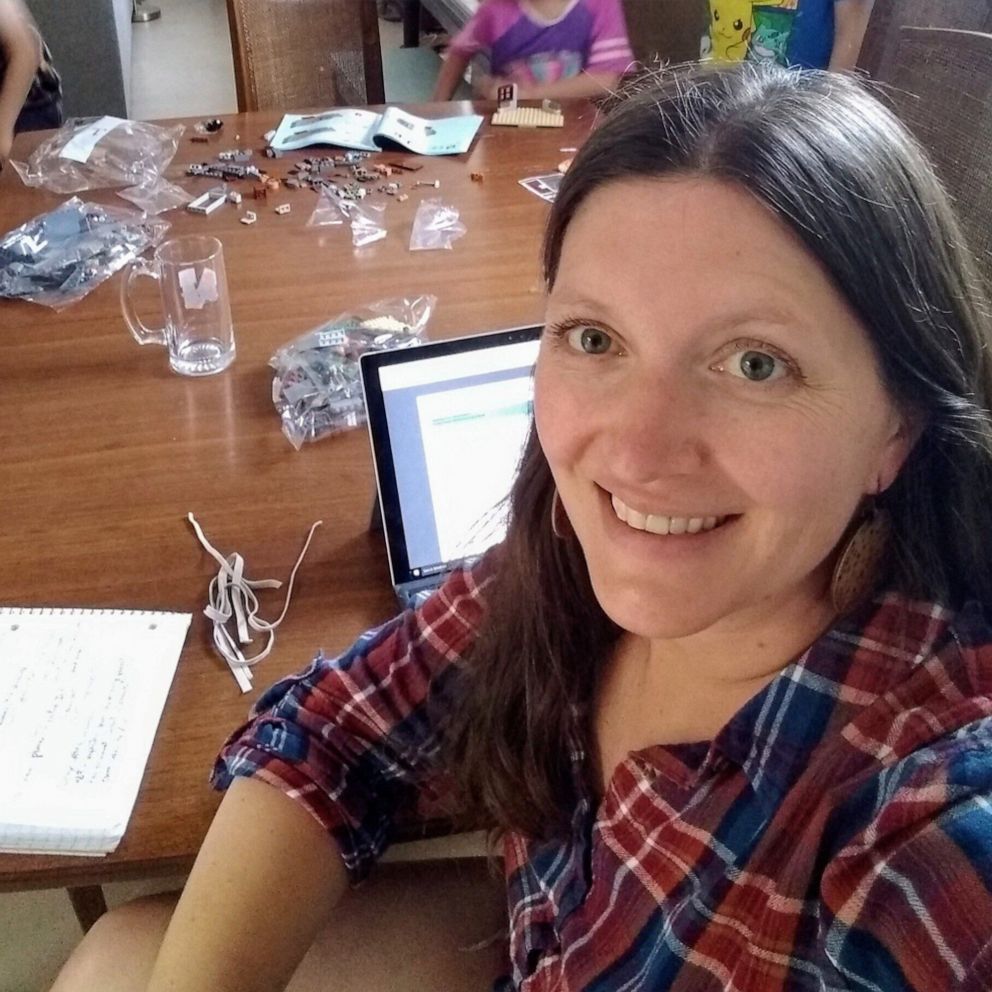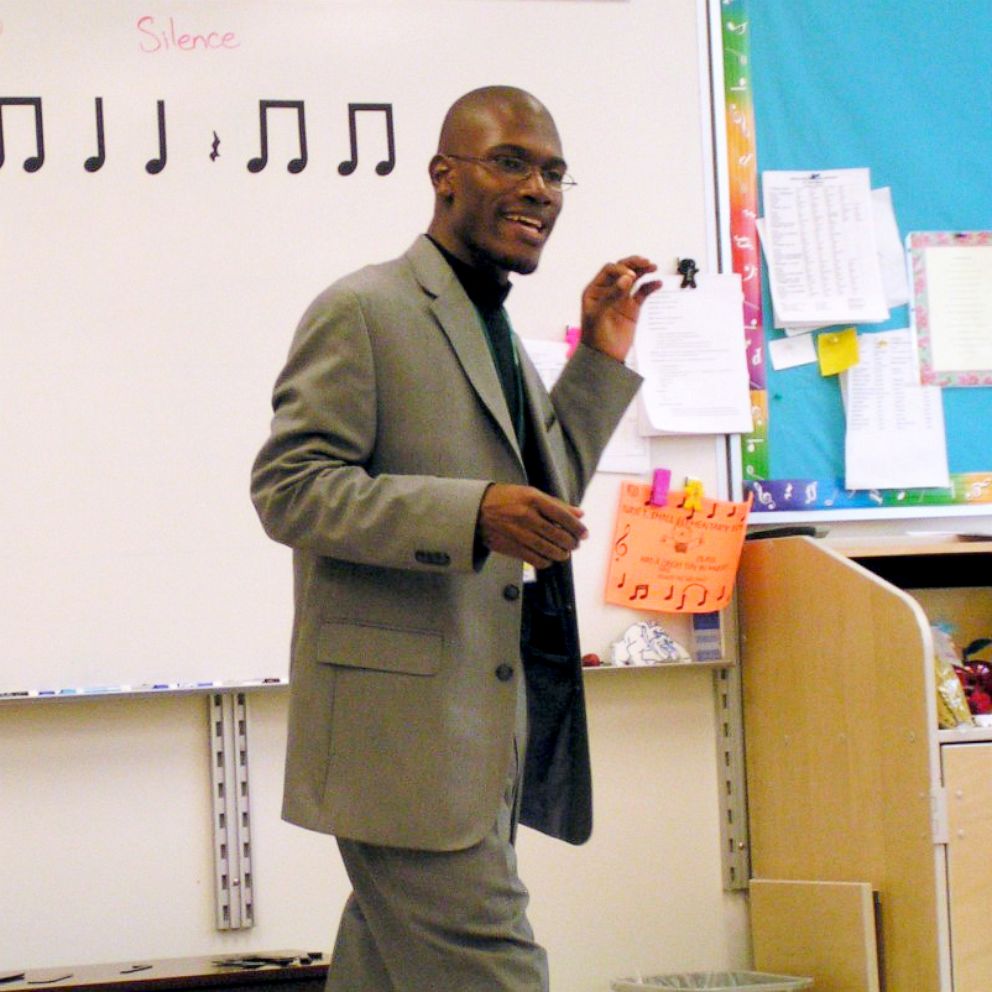School buses adapt to keep kids safe during COVID-19 crisis
School is back in session in some parts of the country, raising major questions about how to transport kids safely to class amid the pandemic.
With 26 million bus-riding students, districts are taking extra precautions to help stop the spread of COVID-19.
A video released by Casey County Schools in Kentucky, shows what a new morning commute might look like for its students.
All students must wear a mask and parents are asked to take their child's temperature before they board the back of the bus. Children are asked to use hand sanitizer as they head to their seats. Once they leave, a team fully disinfects the bus.
Dr. Mary Beth Sexton with Emory University School of Medicine said the risk of spread on buses is low if the right precautions are taken, and ventilation is key.
"The main problem with a bus is that you don't have a lot of circulation," Sexton told "Good Morning America." "There's nothing that happens naturally unless you're in a position where you can open the windows."

WATCH: 5th grade teacher shows what her classroom will look like amid COVID-19
The Center for Disease Control and Prevention recommends students wear face coverings and sit one child per row while skipping rows whenever possible.
To achieve that, the National Association for Pupil Transportation said there should be fewer kids on board.
"One of the largest things that's being done is the changing of bell times that will enable school buses to run multiple routes during the day to get students to and from school safely," said Steven Simmons, president of the NAPT.
Some superintendents are encouraging families to avoid the bus altogether if they can, though that may not be an option for working parents.
"If they have the ability to transport their children to school, we'd ask them to do so," said Chris Piper, superintendent of Troy City Schools in Ohio.
Another proposal is "walking school buses," which is a pre-pandemic program which could be a big help in Kentucky.
The Department of Education said this model could allow groups of kids who live nearby get to school safely by way of an adult chaperone who would pick up children along the way.
Dr. Jennifer Ashton, chief medical correspondent for ABC News, said when it comes to school transportation, it's about lowering the risk as much as possible.
"It's really about ventilation and distance, so there are viral factors, there are human factors," Ashton said.
"It's not a one-size-fits-all approach," she added. "It will have to depend on what's going on in that area, what's going on in that region, what kind of transmission we're seeing and the individual health and risk factors of those students and the people at those students' homes."







